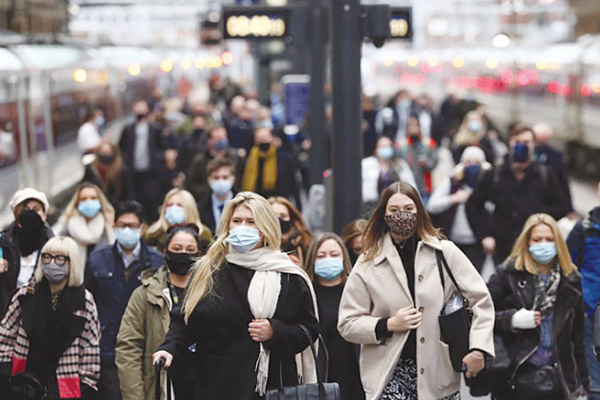The UK’s unemployment rate dropped to its lowest for almost half a decade as more Britons have left the labour market, adding to the Bank of England’s concerns over inflation.
The Office for National Statistics (ONS) said the unemployment rate fell to 3.5% over the three months to August – the lowest since February 1974.
The number of persons who are neither working nor seeking for work increased by 252,000 from the previous three months to May, marking the largest increase since records began in 1971.
[wonderplugin_video iframe=”https://youtu.be/5SzNklT7pIw” lightbox=0 lightboxsize=1 lightboxwidth=960 lightboxheight=540 autoopen=0 autoopendelay=0 autoclose=0 lightboxtitle=”” lightboxgroup=”” lightboxshownavigation=0 showimage=”” lightboxoptions=”” videowidth=600 videoheight=400 keepaspectratio=1 autoplay=0 loop=0 videocss=”position:relative;display:block;background-color:#000;overflow:hidden;max-width:100%;margin:0 auto;” playbutton=”https://www.tvcnews.tv/wp-content/plugins/wonderplugin-video-embed/engine/playvideo-64-64-0.png”]
Economists had predicted that the unemployment rate would stay steady at 3.6%, the rate it hit during the previous quarter.
It came after a joint-record rise in the number of people considered “economically inactive” – not in work or searching for work – due to long-term sickness.
The figures showed that 377,681 more adults have become economically inactive because of long-term sickness since the start of the coronavirus pandemic.
The Bank of England is worried that Britain’s shrinking labour market will fuel inflation pressures that are also likely to fanned by Prime Minister Liz Truss’s unfunded tax cuts
While there were tentative signs that the labour market is cooling from the red-hot conditions seen in recent months, the shortfall in labour supply is keeping it exceptionally tight,” Ruth Gregory, an economist at Capital Economics, said.
The BoE has raised interest rates from 0.1% last December to their current level of 2.25%.
Investors are betting heavily on a full percentage-point increase in its next policy announcement on Nov. 3 as it moves to offset the inflationary implications of the tax cuts.
In the three months leading up to September, vacancies reached their lowest level since late 2021. However, the ONS noted that the ratio of unemployed persons to openings reached a record low, highlighting the hiring challenges many firms face.
The Office for National Statistics reported that the spike between March and May 2020 when the coronavirus epidemic reached Europe, when the inactivity rate increased by 0.6 percentage points to 21.7%, was the most on record.





